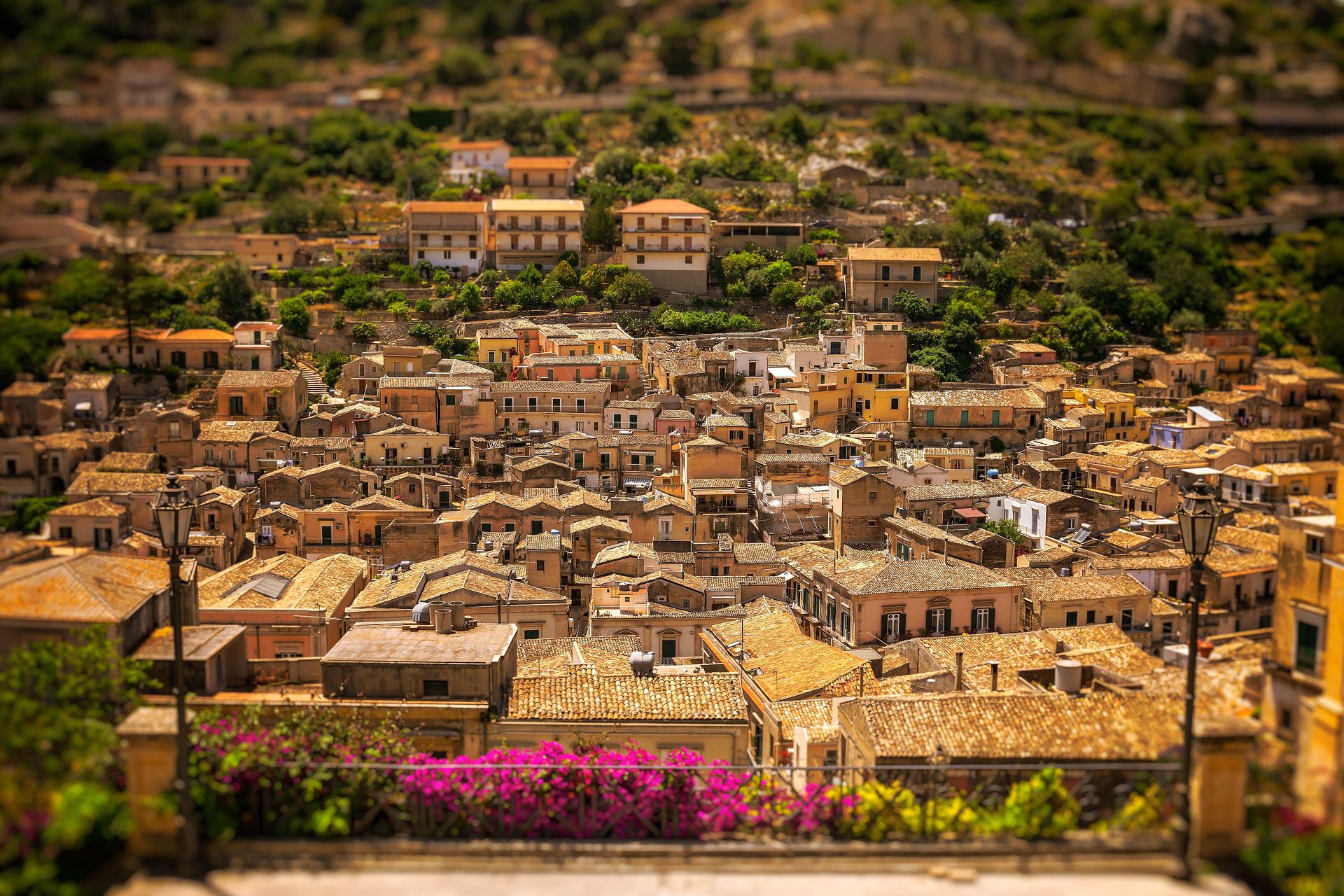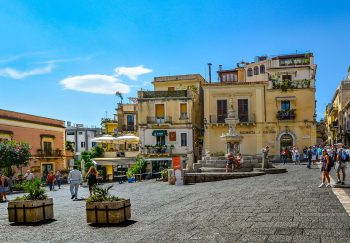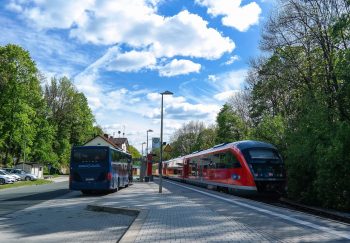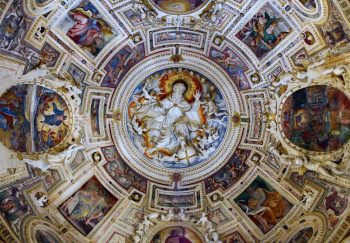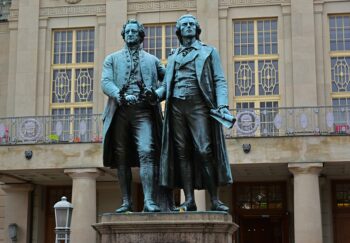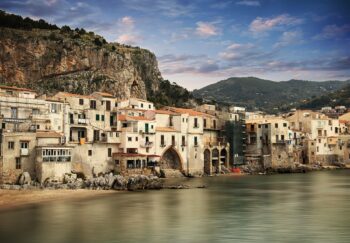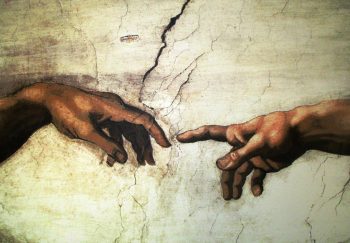Modica was one of the many towns in southeast Sicily that were destroyed by an earthquake on 1693. It was fortunate to be rebuilt in the late Baroque period and have a remarkable architectural heritage. Today’s challenge is to reach all the palaces and churches, as they are connected by steep slopes and steps. My admiration for the workmanship and the delicious rewards that come with it keeps me going.
Since Neolithic times, Modica has held onto its valley walls. Because of its mountainous location in the Iblei Mountains, it was difficult for city planners to reconstruct the town in 18th century. They had to depart from the ideal Baroque plan which featured a grid with piazzas. The new buildings were instead spread across the town’s upper (Alta), and lower (Bassa), making it a picturesque place. Individual architectural expression was given a lot of attention during the construction process.
The Cathedral of San Giorgio represents the highest level of religious architectural expression. The church’s façade rises up in front of my eyes as I approach Modica Bassa from Modica Alta. Despite the steep stairs, I feel like a honey bee, mesmerized at its intricate carvings and honey-colored stone.
I am stopped by a road as the main road descends toward Bassa. The pause allows me to appreciate the 18th-century splendor of San Giorgio. Its facade seems to pulse with the undulating lines. The cathedral’s sculptural mass is capped by an open stonework belfry. This feature is typical of the Sicilian Baroque. Inside, the beauty of the church’s exterior can be matched by pastel and swirling gold embellishments.
I continue my loop around San Giorgio’s back, through a maze of narrow, steep streets, and finally ascend into Alta to reach Modica’s highest point: the Castle of the Counts. The counts who ruled the area built the medieval castle. It was destroyed by the earthquake, and then abandoned. A giant clock was added in the 18th Century.
It’s worth the climb for the spectacular views of the Lego-like blocks of housing clinging on the slopes. These are punctuated by occasional Baroque outbursts. Corso Umberto I is a boulevard that runs below the river and is flanked with shops and businesses. The river was paved over after the flood of 1902 and the bridges were ripped away in order to expand and further urbanize Modica Bassa.
This is the place where the traditional Italian evening walk, the passegiatta, takes places. A Saturday night in Modica is all about getting dressed up, having extended families with you, and then posing at the gelateria (ice-cream shop). There are also many snack shops and trattorias that serve the masses. The Modica ones make a special local specialty, the scacce. This light pastry dough is layered with tomato sauce and other ingredients. It is delicious and provides a great energy boost.
There is always something to climb on Bassa streets. The church of San Pietro, backed by a typical Baroque flight staircase, is one of the most beautiful buildings along the boulevard. The stairs leading to the entrance are flanked by 12 aspostles. With its bold, royal blue accents and gold work, the interior is even more impressive than San Giorgio’s.
San Pietro’s and San Giorgio’s churches not only rival each other in beauty, but they have also fought for Modica’s patron saint over the centuries. (Each Italian town names and honors a saintly protector.
San Pietro’s community was lobbying for Saint Peter at the time of the earthquake. However, San Giorgio’s priest asserted Saint George’s superiority and excommunicated any community who thought otherwise.
Both communities were able to accept differences of opinion and some buildings in Modica Alta were engraved with the words Limite delle due Mtrici. To avoid skirmishes, the annual Saint’s Day parades had to be kept separate from all communities.
Modica was an important political and religious center during the Baroque period. This made it a popular source for artistic patronage. Nearly all of the churches and monasteries have been restored and are well maintained. This contrasts with the many abandoned urban villas that litter the streets of Alta. The abandoned palazzi, despite their condition, are marked with the century of their origin and their original patron.
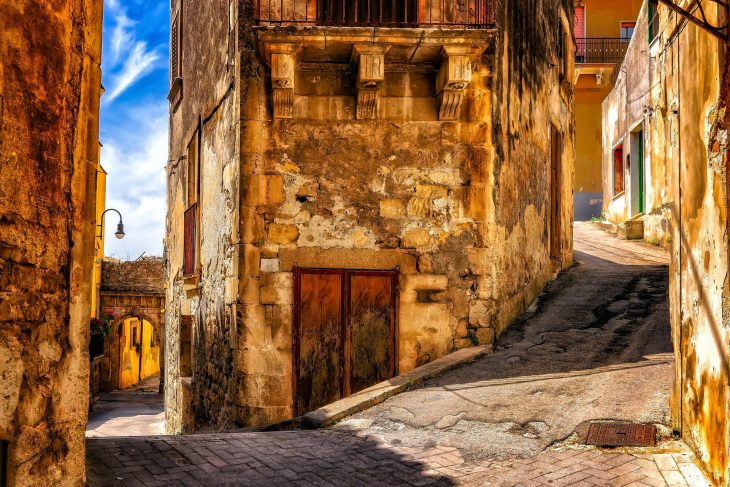
The Cabrera family was one of the most wealthy families in the 15th century. Modica was the most wealthy city in southeastern Sicily because of their personal wealth.
Their land in South America allowed them to import the cacao bean early to Modica. The Aztecs brought chocolate to Modica to create a speciality of the area. The delicious, but grainy, chocolate bars can also be made with cacao and minced meat. This pastry is a turnover-like shape called mpanatigghi, which melts in your mouth like mousse.
Caciocavallo, a local cheese, has a more subtle taste. Its squeakiness during chewing is what I called “squeaky cheese”. Its flavor ranges from creamy and peppery. In these restaurants, the cheese is often served as an appetizer.
Modica’s restaurants are home-style. Modica Alta is a less commercial area than Bassa and is more residential. Hosteria San Benedetto’s tables have a view over the family dining area next to the kitchen.
In conversational Italian, I mention how beautiful Modica is to the elderly mother of the chef who sits at the family table.
She nods as she agrees that it is a paradise, except for all the steps.
Go
Sicily Tourism
www.sicilytourist.net
Italian Tourist Board
